As much fun as sourdough starters are there are often many questions that come with maintaining an active starter. The first of which is what is the difference between sourdough starter and sourdough discard?
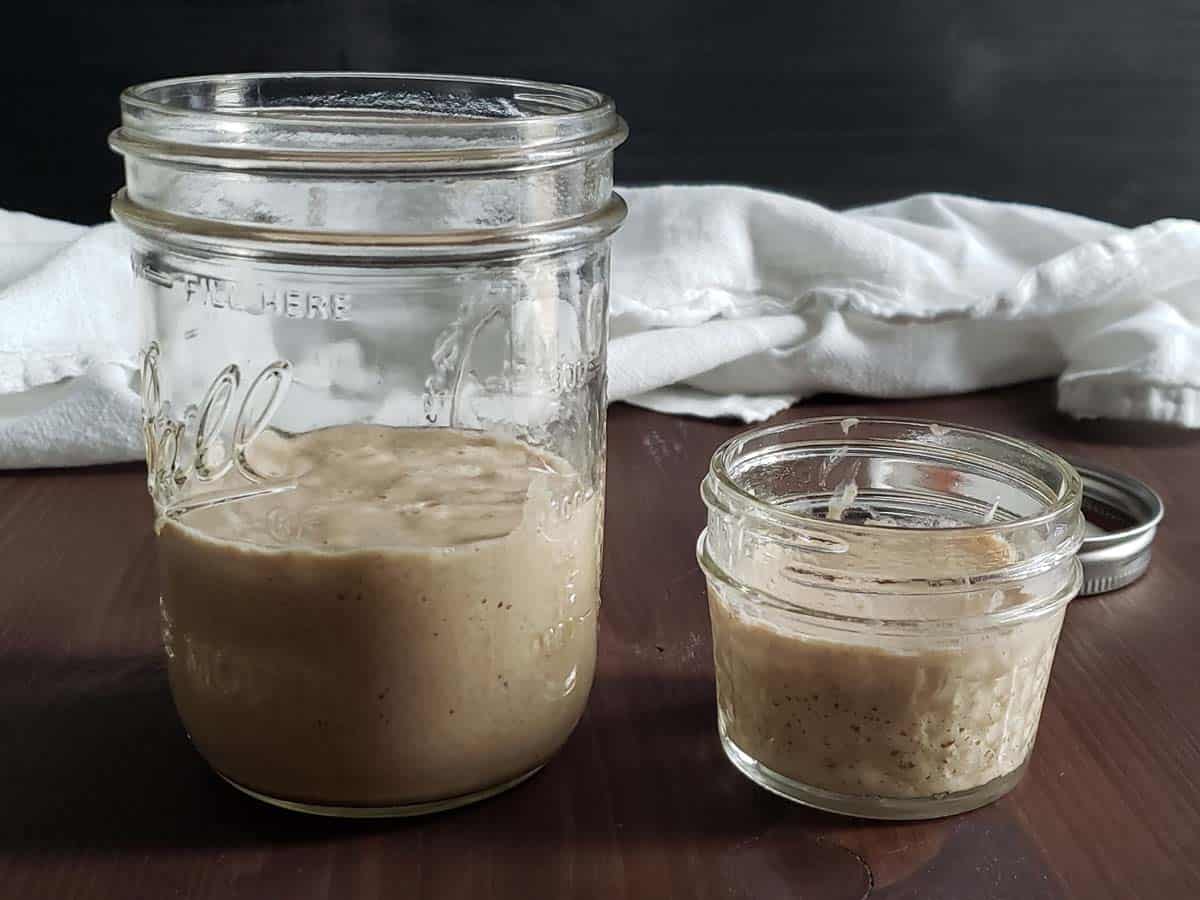
The short answer is sourdough starter and sourdough discard are basically the same things.
Sourdough starter is active and bubbly and is to leaven sourdough baked goods like a loaf of sourdough bread.
Sourdough discard is the waning sourdough starter that you remove when you feed it. It is called sourdough discard because it is often "discarded" when you feed your sourdough starter.
Keep reading for answers to some of the most common sourdough starter and sourdough discard questions.
Jump to:
- Save This Recipe to Your Email
- How Can You Use Sourdough Discard?
- What Happens to Sourdough Starter if You Don't Discard?
- Can Sourdough Discard Be Used as Starter?
- How Often do You Feed Sourdough Starter?
- How Long After Feeding the Sourdough Starter is it Ready?
- What Can I Do With My Sourdough Discard?
- How Long Can You Keep Sourdough Discard Before Using?
- Can You Use Sourdough Discard Straight From the Fridge?
- Can You Freeze Sourdough Discard?
- 💬 Comments
Are you new to sourdough? I have plenty of information to help you on your sourdough journey.
How Can You Use Sourdough Discard?
Sourdough starter is often light, bubbly, and active. It is what you typically use in a sourdough bread recipe.
Sourdough discard doesn't have to be discarded. It is basically a mixture of flour and water which can be added to lots of different recipes.
Some of my favorite sourdough discard recipes include Sourdough Discard Pita Bread, Sourdough Cheese Crackers, Sourdough Dutch Baby, and Sourdough Tortillas.
Pro Sourdough Tip: Keep a glass jar in your refrigerator to store your sourdough discard. Continue adding to it until you have enough to make your chosen sourdough discard recipe.
Sourdough discard especially if it has been stored in the refrigerator for a while is often watery and sluggish. It can also sometimes have a dark liquid floating on top which is known as hooch.
Tip: According to King Arthur Flour, hooch is harmless and can be stirred back into the sourdough discard or poured off if you prefer. This liquid is the alcohol given off as wild yeast ferments and is a sign that the discard is hungry. This makes sense because you don't typically feed your sourdough discard.
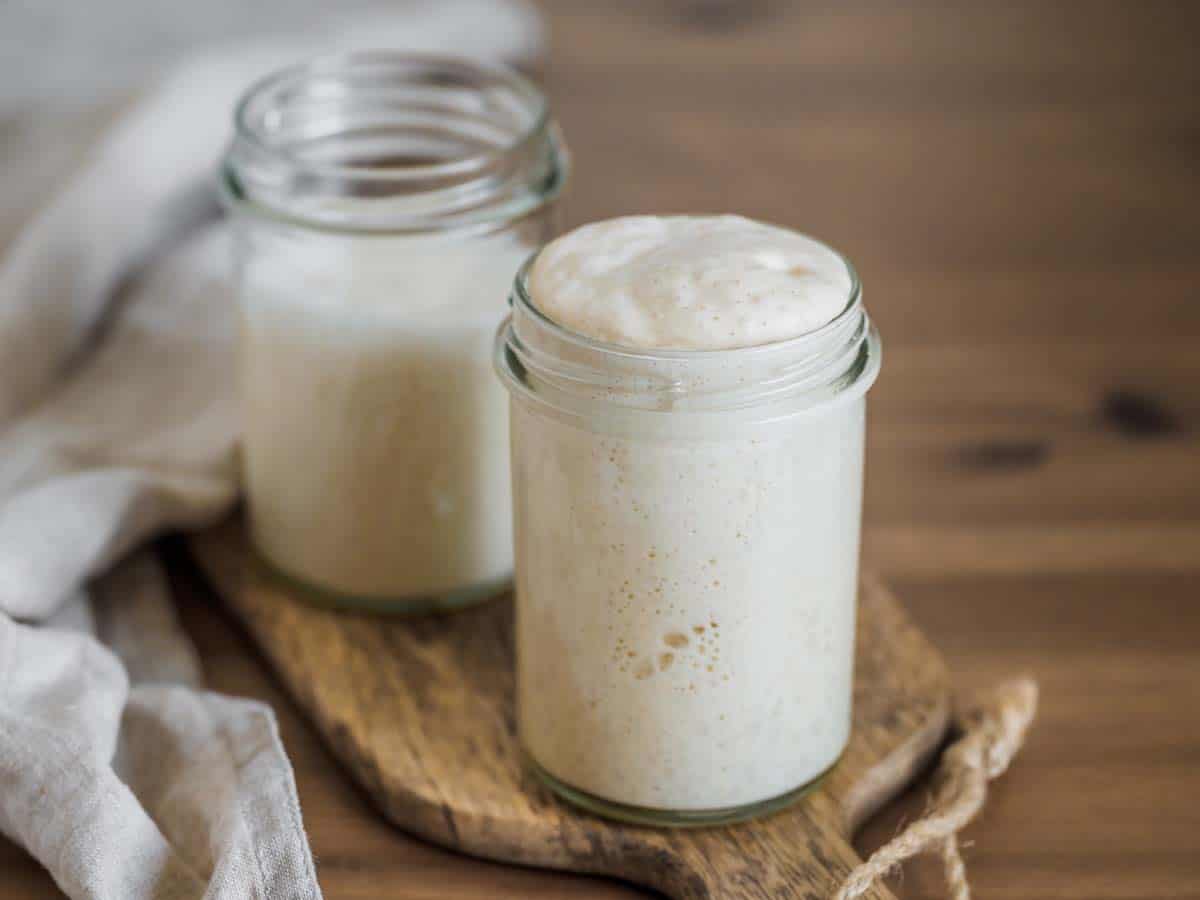
What Happens to Sourdough Starter if You Don't Discard?
If you don't discard some of your sourdough starter when you feed it, it will continue to grow exponentially until it becomes an unmanageable blob that will swallow up your house.
Ok so the results may not be that dramatic but eventually, you will have a HUGE starter.
Typically starters are fed with a 1:1:1 ratio of sourdough starter, flour, and water. For example, if on the first day you start with 10 grams of starter, you would feed it 10 grams of flour and 10 grams of water.
At the next feeding, if you didn't discard any starter, you would have 30 grams of starter. You need to feed your starter with equal parts flour and water. Which means you need to feed 30 grams of starter with 30 grams of flour and 30 grams of water.
The cycle would continue:
90g + 90g + 90g = 270g
270g + 270g + 270g = 810g
810g + 810g + 810g = 2430g etc.
You can see how in just a few days your starter would quickly grow out of control.
Can Sourdough Discard Be Used as Starter?
Yes, it is still technically active sourdough starter. At any point, you can take a portion of the discard add it to a fresh container, and begin the feeding process until it is nice and bubbly and ready to bake bread.
In fact when someone asks me to share my sourdough starter with them that is exactly what I do. I give away the discard from my most recent feeding so that it can become someone else's new starter.
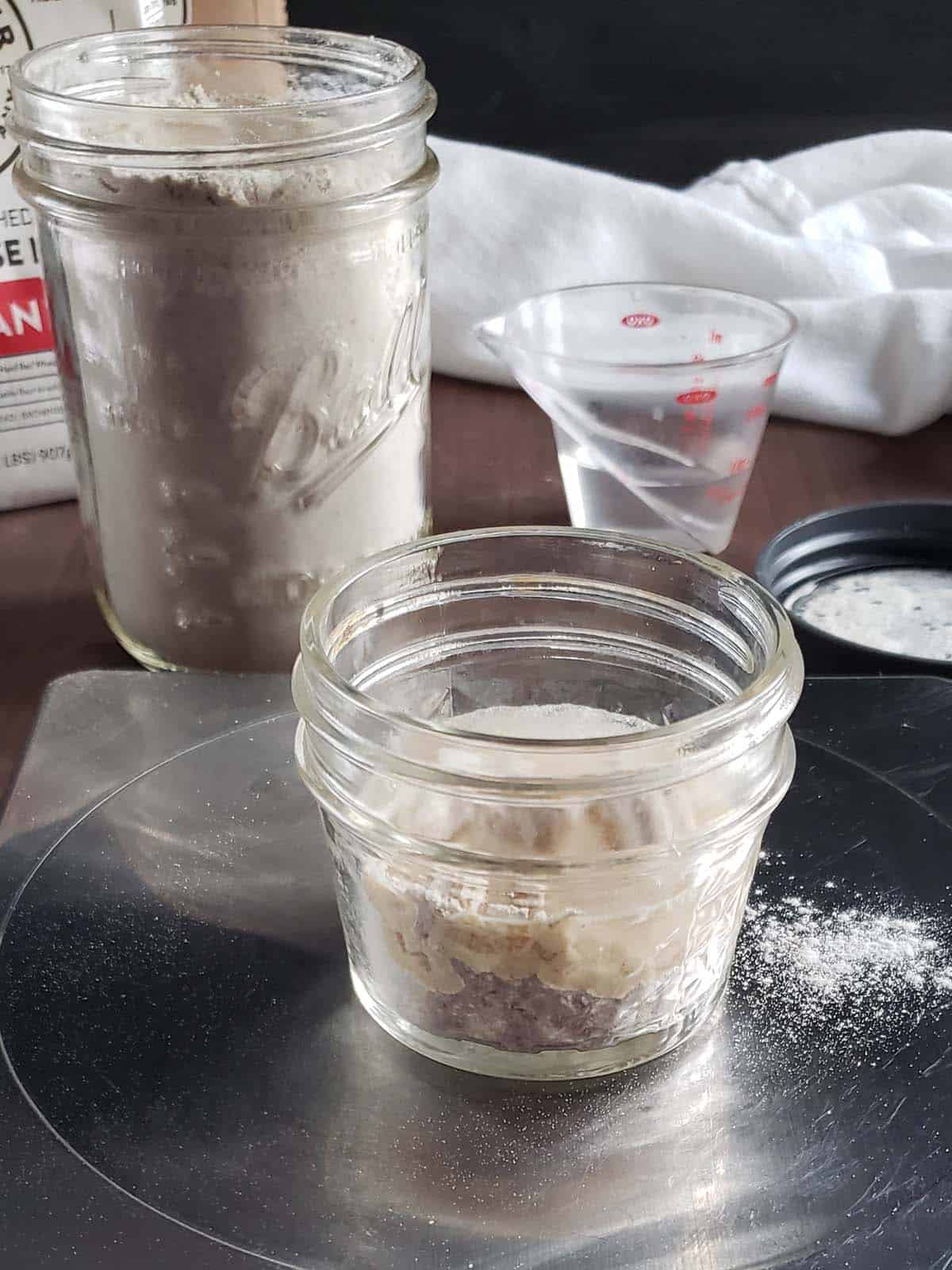
How Often do You Feed Sourdough Starter?
The answer to this question will vary greatly depending on your baking habits and how often you prepare sourdough recipes.
Sourdough starters stored at room temperature are often fed multiple times per day. A sourdough starter that is stored in the refrigerator probably only needs to be fed every couple of weeks.
How Long After Feeding the Sourdough Starter is it Ready?
The length of time a sourdough starter needs to reach its "peak" will vary depending on the age of the starter and the environment it is in.
A new weak starter will take longer to reach its peak. A starter stored in a cooler environment will also take longer to reach its peak.
A well-cared-for strong starter in a warm environment could peak in just a few hours.
The key is to watch and know your starter so that you can estimate how long it needs before it is ready to bake.
Tip: I often us a rubber band to mark my sourdough starter's jar to track and know when my sourdough starter has doubled in size.
What Can I Do With My Sourdough Discard?
There are so many different ways to use sourdough discard. Sourdough discard is a great way to add delicious flavor to recipes. Typically discard is not strong enough to leaven baked goods so any recipe you use will have additional leavening agents, like baking powder or baking soda.
Use sourdough discard to make Sourdough Flatbread or these Sourdough-Coated Chicken Strips.
For a full list of amazing sourdough discard recipes check out this post: How to Use Sourdough Discard.
How Long Can You Keep Sourdough Discard Before Using?
As sourdough discard ages in the refrigerator it will have a stronger sourdough flavor. Typically I try to use my sourdough within a week of discarding it.
You can use older sourdough but will want to check for signs of mold before using it.
Can You Use Sourdough Discard Straight From the Fridge?
Yes, most of the time when sourdough discard is added to a recipe it is there for additional flavor and not to act as a leavening agent. So it doesn't have to be at its "peak." Adding sourdough discard to a recipe straight from the refrigerator is just fine.
Can You Freeze Sourdough Discard?
Yes! It is best to freeze sourdough starter in common recipe amounts like ½ cup (120g) and 1 cup (240g) portions.
To freeze sourdough starter: Place the sourdough discard in a zip top freezer bag. Label the bag with the contents and the date. Place the bag in the freezer.
Tip: If you want to freeze specific amounts of sourdough discard for future use, I recommend adding a little extra discard to the bag to account for the amount that will stick to the bag when it is defrosted.
Sourdough discard can be stored in the freezer for up to one year.
To thaw frozen sourdough starter: When you're ready to use the sourdough discard, simply take out the portion you need and let it thaw in the refrigerator or at room temperature. Once thawed, you can incorporate it into your recipes as you would with fresh discard.
Thanks for Reading!
If you try this recipe, let me know! Leave a comment and rate it below! You can also snap a picture and post it on Facebook or Instagram be sure to tag me @RaspberriesandKohlrabi.
Subscribe to get more recipes and tips by email.


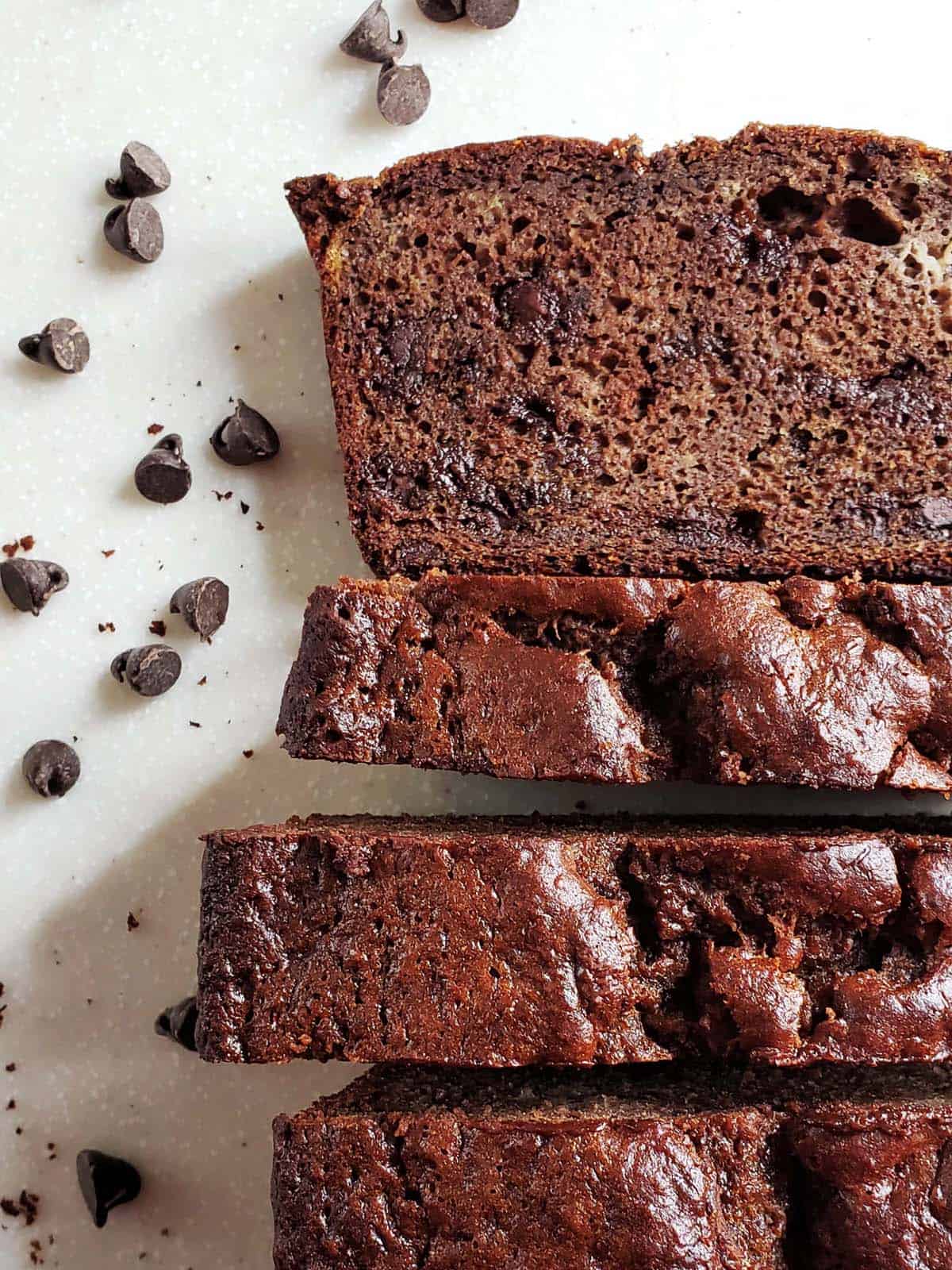
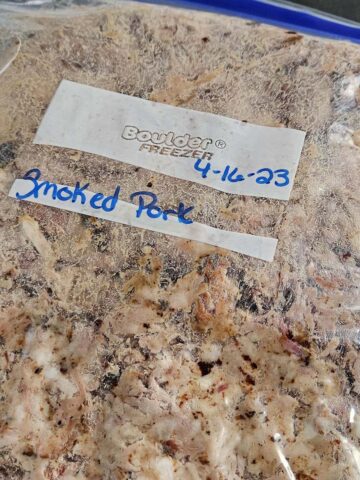
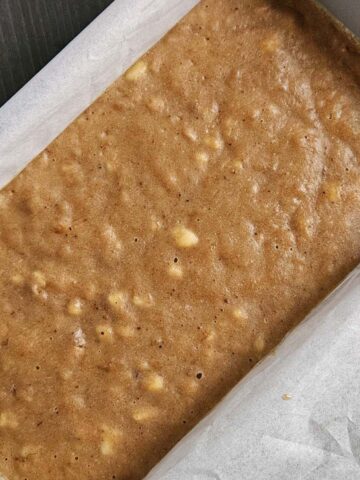
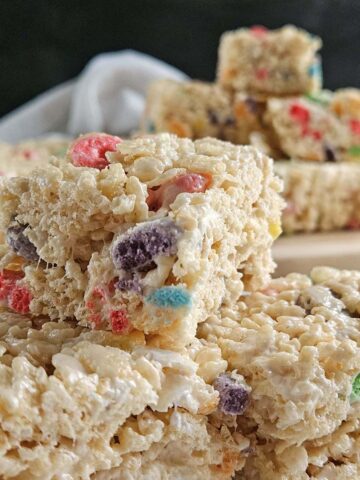
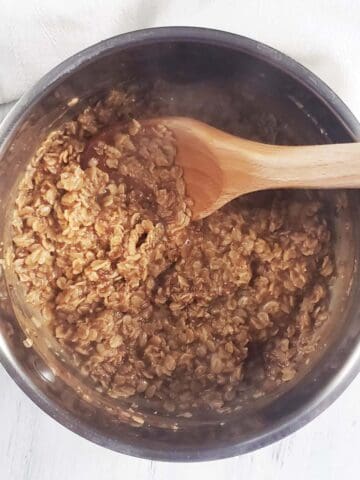
Comments
No Comments